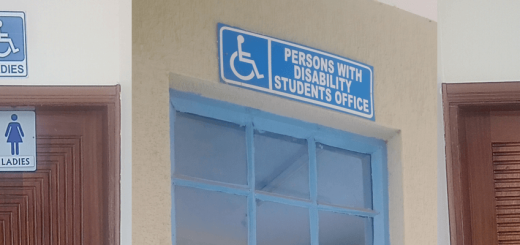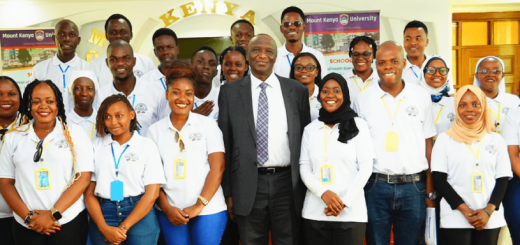Artificial Intelligence at our door steps
Forget the movies, this is the reality; the desire to make computers perform intelligent tasks is slowly becoming actualized and we cannot run from it.
If you think you have not heard of or used artificial intelligence, here is the fact! You have used the google search engine which implements one of the AI sub branches known as Natural Language Processing, you have used Facebook which utilizes deep learning to customize your preferences and link you to friends with common interest, or did you think those advertisements were just random? And you have definitely heard of the various researches being done with self-driving cars.

Breakthroughs in AI can be well conceptualized by the developments made with IBM’s Watson, which is now being used as a question answering computing system for commercial applications. Apple’s Siri , a built-in “intelligent assistant” that enables users of Apple iPhone 4S and later and newer iPad and iPod Touch devices to speak natural language voice commands in order to operate the mobile device and its apps . Amazon’s Alexa, a virtual assistant developed by Amazon capable of voice interaction, music playback, making to-do lists, setting alarms, streaming podcasts, playing audiobooks, and providing weather, traffic, and other real-time information, control several smart devices using itself as a home automation system and Microsoft’s Cortana, a virtual assistant with implementations in Windows 10.
AI’s digital, dynamic nature also offers opportunities for student engagement that cannot be found in often conventional textbooks or in the classroom environment. Developments in the field of education using AI have been made by companies such as Content Technologies which has created a suite of smart content services for secondary education Their design of Cram101, for example, uses AI to help publish and simplify textbook content into easy to understand study guides that have chapter summaries, true-false and multiple choice practice tests, and flashcards for easy reading.
Another good example is Carnegie Learning’s “Mika” software, which uses cognitive science and AI technologies to provide personalized tutoring and real-time feedback for post-secondary education students, particularly incoming new college students who would otherwise need remedial courses.
In the near future AI in our lecture rooms will cease to be a matter of textbook information that has no physical outcome apart from an End of semester exam. To be at par with this developing technology leap we cannot ignore the possibilities for what AI offers us in dramatically improving the student output and learning experience.
I urge all students to build innovations using artificial intelligence in their areas of specialization
Author: Edwin Ndirangu.
Email: endirangu@mku.ac.ke













